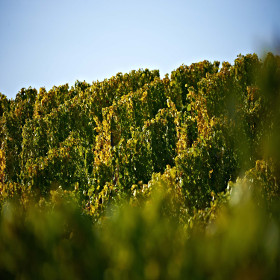Winery Uwe Spies
Our wines are fun and reflect their origin. The vines grow in Dittelsheim in Pfaffenmütze, Leckerberg and Geiersberg. Our focus is on the white grape varieties: Riesling, Silvaner, Müller-Thurgau, Pinot, Sauvignon Blanc.
A true family business, the winery is managed by Uwe and Ingrid Spies.
For the wines, their son David Spies, 2011 Europe's best winemaker apprentice, is responsible.














